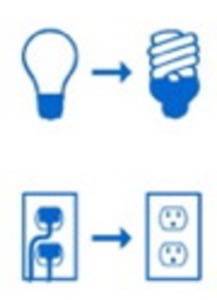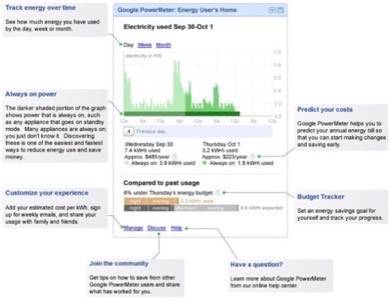Google PowerMeter is one of many Google side projects that don’t often get a lot of attention, but PowerMeter is slowly growing to become a bit more than just a hobby for the search giant. Today, Google announced that it has partnered with Current Cost, the largest global supplier of real-time displays for monitoring energy use. Starting today, Current Cost will allow its users in the U.S., the U.K., Australia and New Zealand to send data about their power consumption directly to Google PowerMeter.

In the U.K., Google and Current Cost have also teamed up with E.ON, the country’s largest utility company, to supply E.ON customers with free “Energy Fit” starter packs that include a free energy monitor. PowerMeter is part of Google.org, the company’s philanthropic arm.
Tools like Current Cost’s devices allow consumers to monitor how much energy they use in real-time. PowerMeter can get this data directly from utilities that use Internet-connected smart meters and from partners like Current Cost that develop hardware devices that can monitor any house’s energy use.
More than Just a Side Project
Until now, PowerMeter mostly looked like a side-project for Google, but the inclusion of Current Cost in its partner ecosystem makes it clear that the company is indeed taking this market seriously. Currently, however, only small number of utilities have partnered directly with Google. It has also signed up a number of hardware developers that offer real-time energy monitoring, including The Energy Detective and AlertMe.

Earlier this year, Google also launched an API for PowerMeter that allows hardware manufacturers to create appliances that include PowerMeter as a built-in feature. Current Cost is using the API to send its data to Google.
Google has long been highly interested in energy projects and even made a number of investments in alternative energy companies recently. With Hohm, Microsoft has also launched a similar initiative, though Microsoft’s emphasis is more on giving users tips to save energy and less on real-time monitoring.











